Here are a selection of sample images showing what effect the different formats have on a test image:
Here we have the original image file saved as a PNG24:
 |
 |
| 68.2Kb | 2.25Kb |
Here we have the original image file saved as a GIF:
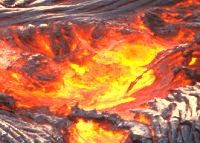 |
 |
| 25.8Kb | 0.86Kb |
Here we have the file saved as a high quality JPEG:
 |
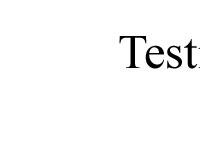 |
| 15Kb | 2.02Kb |
Here we have the file saved as a medium quality JPEG:
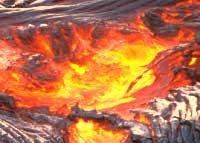 |
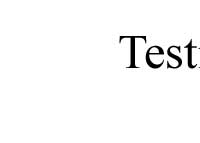 |
| 7.37Kb | 1.47Kb |
Here we have the file saved as a low quality JPEG:
 |
 |
| 4.4Kb | 1.19Kb |
Here's what happens when you save a JPEG several (approximately 5) times:
 |
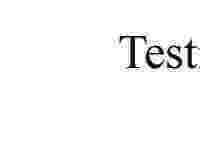 |
| 2.01Kb | 0.8Kb |
JPEG is the best standard to use for saving images on the web, however JPEG compression is lossy - this means that every time you save as JPEG some image information is lost. Fine detail is usually the first thing to be discarded. JPEG losses are cumulative, so do not save JPEG files repeatedly - if you have a JPEG original, and need to manipulate it in a number of steps use something like TIFF or PNG24 for intermediate saves if possible. Since the human eye is most sensitive to green (and least sensitive to blue) JPEG compression tends to discard blue information first. Never overwrite your original.
If you need to save text as a graphic or logos for use on the internet consider using something like GIF or PNG. Which format is the best choice varies depending on how many colours your original artwork contains. GIF only supports 256 colours (8-bit), whereas there's a 24bit version of the PNG standard.
- Back to the Digital Camera section on the Photography page -
Support this site! If you're planning to buy anything from Amazon, please buy through one of my links. It shouldn't cost you a penny, but it should get me a small referral fee!
Click here to buy Amazon.co.uk Giftcards | Click here to buy Amazon.com Giftcards

